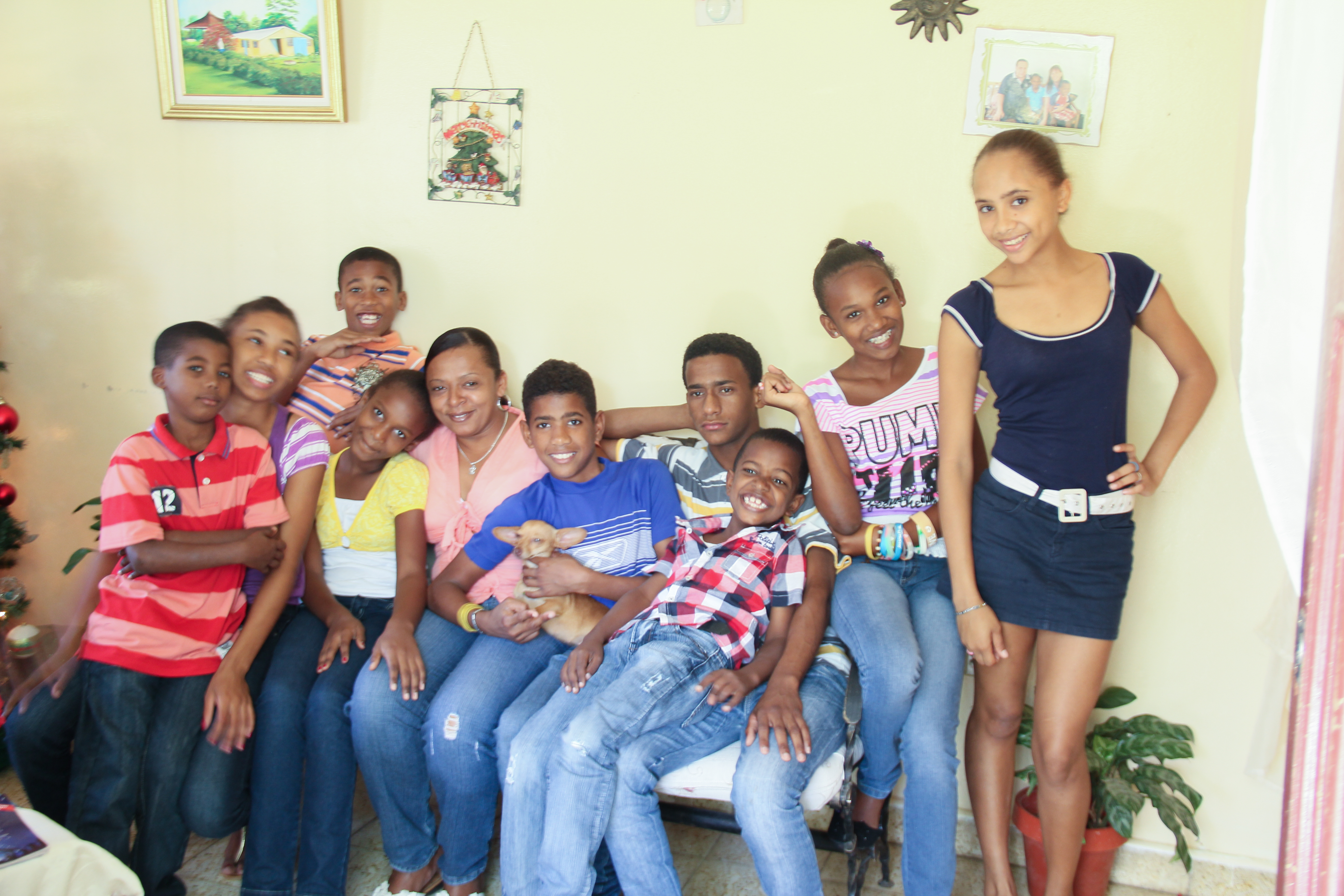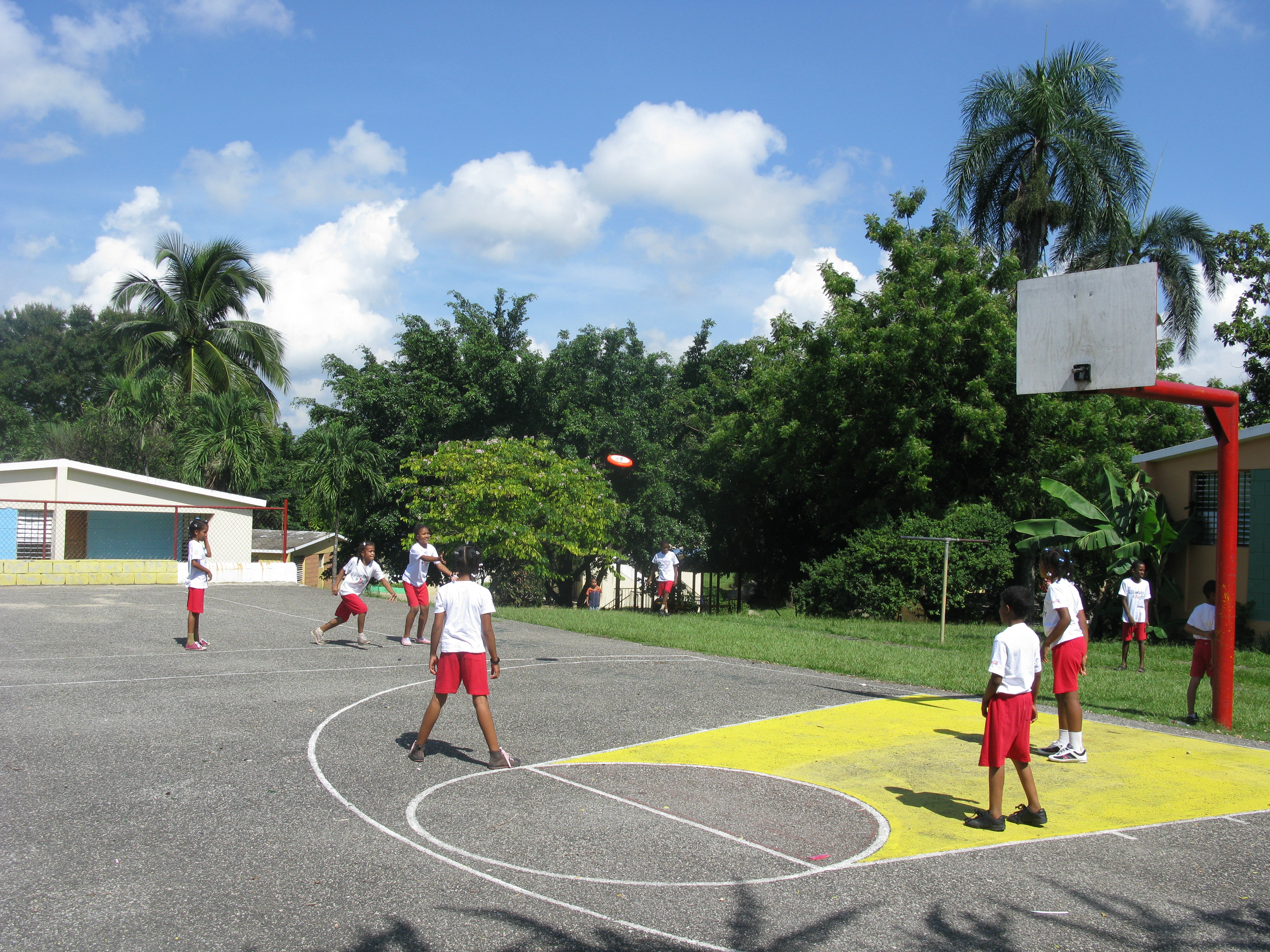The city does not hold opportunities in store for all who come here

Santo Domingo de Guzmán is the capital city of the Dominican Republic and its metropolitan area has a population of around 3.8 million. Like other Caribbean nations, it is frequently affected by hurricanes and SOS Children’s Villages has provided emergency aid in such cases in the past. Santo Domingo is the economic and commercial heart of the country, with the head offices of many foreign companies located here.
Santo Domingo is a divided city: while in the centre of town there are large shopping malls and luxury homes, the majority of the city’s population live in neighbourhoods on the outskirts, often in conditions of extreme poverty. The city also has the greatest migrant population in the country, with many people coming across the border from Haiti illegally in search of work.
Due to the precarious economic situation of many families in Haiti, parents often think their children might be better off somewhere else. There are large child trafficking networks that bring Haitian children to the Dominican Republic, promising the parents that their children will have a better life. More often than not, these children end up being exploited for agricultural work, commercial sex work, domestic servitude, begging or selling merchandise on the streets.
Children need to be given the chance to become successful adults
Due to Santo Domingo’s rapid expansion and population growth (from just over two million in 2003, to 3.7 million in 2010), there is a rising number of people living in conditions where adequate housing and infrastructure are not available and basic needs such as food and health care cannot be met. Urban poverty has, in fact, become one of the country’s greatest problems, with over 60 per cent of the urban population now living in conditions of poverty – 63 per cent of them under the age of 18.
In many cases, children and young people from struggling families give up their education in order to work and contribute to the household income. This short-term relief is often far more pressing than any long-term goals – but without an education, children are likely to end up living in precarious conditions themselves once they grow up, thus perpetuating the cycle of poverty.
In Santo Domingo, our two SOS Children’s Villages support families, children and young people, and we also provide loving homes to children whose parents are not able to care for them.
What we do in Santo Domingo

SOS Children's Village Santo Domingo-Los Jardines (previously known as SOS Children’s Village Los Jardines del Norte) began its work in 1981, making it our first programme in the Dominican Republic. For children from the region who are no longer able to live with their parents, 16 SOS families can provide a loving home for up to 160 children. In each family, they live with their brothers and sisters and are affectionately cared for by their SOS mother.
When young people feel ready to move out of the SOS home in order to pursue further education or vocational training, the SOS Youth Programme makes shared accommodation available to them in Santo Domingo. In a safe environment and with the support of qualified counsellors, the young people can plan their future here, increasingly take on responsibility and prepare for independent adult life.